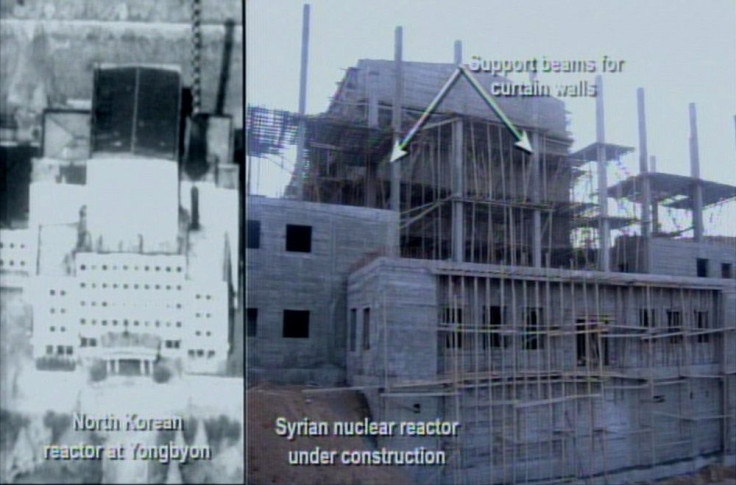North Korea's uranium activities seem to be growing, satellite images show

Recent commercial satellite imagery from North Korea has revealed snow melting on the roof of the Yongbyon nuclear center, suggesting that uranium enrichment activities in the country are underway. CNN reported that analysts from the security analysis firm IHS think that Yongbyon now houses a second hall that contains a large number of active centrifuges, a type of device used for uranium enrichment. However, what the country will do with the product remains unclear.
North Korea watchers had often resorted to clues like this to try to get an insight into the regime's secretive nuclear campaign. In 2009, international nuclear monitors were expelled from the country, so only little information can be collected from its nuclear activities. However, in 1992, North Korea declared to the International Atomic Energy Agency that it had two uranium mines and mills, one of which is Yongbyon, located in the southern city of Pyongsan, not far from South Korea.
In an article published by CBS News , Jeffrey Lewis, an arms control expert at the Monterey Institute of International Studies, said that the uranium produced in the nuclear center might be used as fuel for an experimental light-water reactor that can supply civilian nuclear energy. Another possibility is that it will be used to increase the country's stockpile of nuclear weapons. His report was published on Wednesday in the website 38 North, which specialises in North Korean news.
"The expansion of North Korea's uranium mine and milling operation is one more piece of evidence pointing to Pyongyang's nuclear ambitions, particularly a growing nuclear weapons stockpile that poses a clear threat to the United States, Northeast Asia, and the international community," said Joel Wit, editor of 38 North and a former State Department official.
According to a recent report by David Albright , head of Institute for Science and International Security and a former UN weapons inspector, North Korea might already have 10 to 15 nuclear weapons at this point, and this could increase to anywhere between 20 and 100 by 2020. In fact, the country has conducted three nuclear test explosions since 2006. This poses a serious challenge to the US, which repeatedly pushes for North Korea's denuclearisation as a condition of any future negotiations. State Department spokesman Mark Toner remarked that a second hall of centrifuges is "in keeping with North Korea's continued intransigence on this issue."
Meanwhile, the global uranium industry continues to grow stronger, as prices of the radioactive element are picking up and are now off the lows. This is in sharp contrast with the rest of the commodities market, which is struggling to stay afloat after China's currency devaluation that made metal imports a lot more expensive.
In spite of this, some miners still manage to post decent gains, like Russian nickel miner Amur Minerals Corporation (London AIM: AMC) , which recently signed a financial advisory agreement with the Russian government's Far East and Baikal Region Development Fund. This will enable the company to secure funding in Russia, China, and India, as Amur Minerals enters the preproduction phase of its flagship Kun-Manie project, projected to be one of the top 20 largest nickel deposits in the world.
Contact the writer at feedback@ibtimes.com.au or tell us what you think below





















